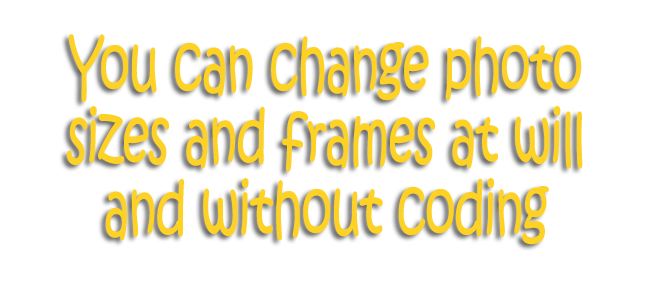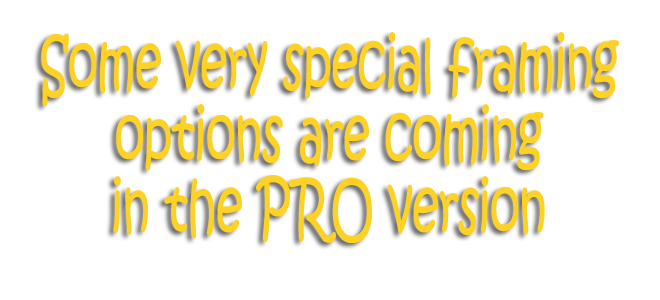The Tramlines theme places a pair of silver tramlines around the image and the caption below the image. The background color for the caption is white with the caption text being in black to provide the contrast.
The rest of this post is there to wrap content around the image.
The terms tram and tramline are derived from the Scots word tram, referring respectively to a type of truck (goods wagon or freight railroad car) used in coal mines and the tracks on which they ran. The word tram probably derived from Middle Flemish trame (“beam, handle of a barrow, bar, rung”). The identical word la trame with the meaning “crossbeam” is also used in the French language. Etymologists believe that the word tram refers to the wooden beams the railway tracks were initially made of before the railroad pioneers switched to the much more wear-resistant tracks made of iron and, later, steel.
Although the terms tram and tramline have been adopted by many languages, they are not used universally in English; North Americans prefer streetcar, trolley, or trolleycar. The term streetcar is first recorded in 1840, and originally referred to horsecars. When electrification came, Americans began to speak of trolleycars or later, trolleys. A widely held belief holds the word to derive from the troller (said to derive from the words traveler and roller), a four-wheeled device that was dragged along dual overhead wires by a cable that connected the troller to the top of the car and collected electrical power from the overhead wires; this portmanteau derivation is, however, most likely folk etymology. “Trolley” and variants refer to the verb troll, meaning “roll” and probably derived from Old French, and cognate uses of the word were well established for handcarts and horse drayage, as well as for nautical uses.
Tramlines are also the lines of a tennis court that designate the enalarged used when playing doubles









Leave a Reply